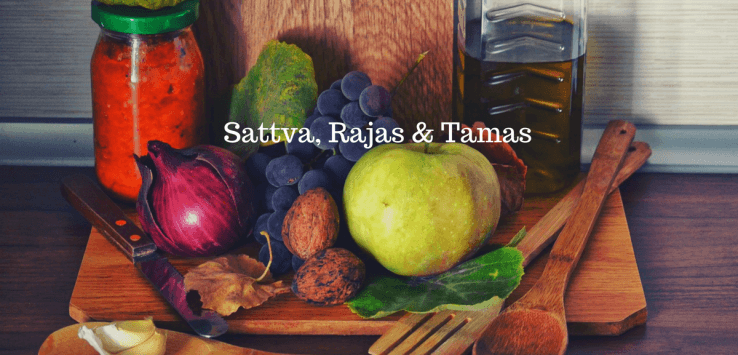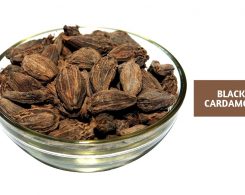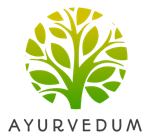- 2Shares
You are what you eat. According to the Indian concept of Triguna or ‘three qualities’, everything – including us and the food we eat – can be grouped into three categories of quality, known as ‘gunas’. These three gunas are Sattva, Rajas, and Tamas. So, the things we feed our bodies determine how we think, feel, and live. Sattvic food is the healthiest of the three, while Tamasic is the most harmful. Here’s a guide to them, the foods they include, and how they affect our mind.
An Introduction to Sattva, Rajas and Tamas in the Ayurvedic Diet
1. Tamasic Food
Tamas is the quality of negativity, ignorance, darkness and inertia. Tamasic food has little or no ‘prana’ or life energy. It has a grounding and sedative effect on the body and mind, but can also make you feel lethargic, dull, and depressed. Tamasic food burdens the digestive system, depletes brain power and weakens immunity. In the long run, it creates the breeding ground for more negative emotions like anger and greed, as well as mental or physical disease.
So, it’s altogether best avoided.
Tamasic Food List:
- Tasteless food
- Meat and eggs
- Curd
- Bread
- Mushrooms
- Overripe fruits and vegetables
- Canned and artificially flavoured food
- Refrigerated and leftover food
- Fermented food like cheese and alcohol
- Intoxicating food
- Heavily processed food
- Things cooked with indifference or negative emotions
2. Rajasic Food
Rajas signifies positivity, energy, passion, and heat. Rajasic food has a stimulating and warming effect on the body and mind. It gives you essential energy to grow physically stronger and to achieve worldly goals. But too much causes stress, agitation, excess passion, and egoism which can disturb your emotional wellbeing and ultimately harm your body as well. In limited quantities, some of it can be good while other Rajasic ingredients like coffee and french fries are no good for your body and mind.
So, you can eat Rajasic food in moderate amounts.
Rajasic Food List:
- High quality, fresh meat and eggs
- Chickpeas
- Red lentils
- Salt
- Chocolate
- Pungent spices like chilli
- Caffeine
- Bitter and sour food
- Fried food
- Dry food
- Excessively sugary food
- Overcooked Sattvic food
- Food prepared or eaten in a hurry
3. Sattvic Food
Sattva is the neutral force that represents purity, peace, and balance. You want most of your diet to include food that brings you closer to Sattva. Such food has the highest amount of ‘prana’ (life force). It has a nourishing and calming effect. It is pure, clean, and light on your digestive system. And it makes your mind and concentrated, emotions positive, and body fit. When following Sattvic food recipes, you also need to cook with a peaceful state of mind and gratefulness for the food.
So, have a primarily Sattvic diet plan!
Sattvic Food List
- Fresh, organic, sweet, and juicy fruits and vegetables
- Ground veggies like carrots and beets
- Vegetables that are not pungent and gas generating
- Fresh dairy products like milk and ghee – that come from healthy and happy animals
- Fresh cheese, especially cottage cheese
- Other milks made with ingredients like almonds and hemp
- Nuts and seeds
- Natural sweeteners like pure honey, jaggery, and stevia
- Whole grains like quinoa and millet
- Cold-pressed oils
- Mild herbs and spices like coriander, cumin, black pepper, cardamom, ginger, saffron, holy basil, cloves, turmeric, and cinnamon
A Summary…
Tamasic food is stale, heavy and ‘dead’ – avoid it. Rajasic food is stimulating and warming. Since your body needs heat and energy, you can eat moderate amounts of food like ginger and chickpeas. But then, Rajasic foods like black tea and refined sugar are best refrained from. Sattvic food is the best. Eat as much of it as you can! In fact, you could also go a step ahead and lead a Sattvic lifestyle by practising yoga and meditation.
Note: Articles on Ayurvedum are solely for the purpose of sharing the goodness of Ayurveda and bringing awareness on natural and healthy living. Please do not substitute it for professional medical advice. Ingredients discussed can interfere with certain medications. So, before using anything to treat yourself, always consult an Ayurveda doctor or practitioner.






Leave a Reply